Growing Monocarpic Succulents: What Succulents Are Monocarpic
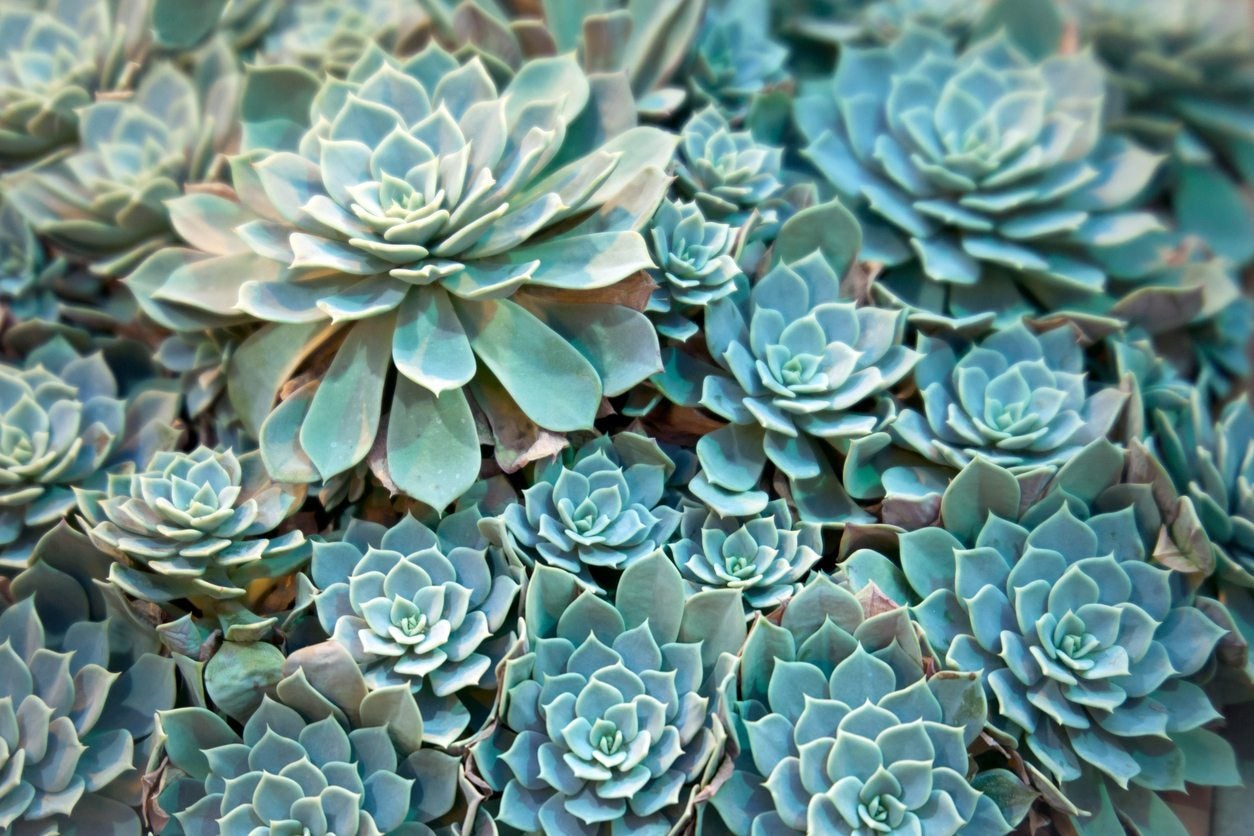

Even the best gardeners may find a succulent plant just suddenly dies on them. While this is certainly upsetting, in some cases it is completely natural and occurred through no lack of attention. The plant might be monocarpic. What are monocarpic succulents? Read on for some monocarpic succulent information so you can feel better about the demise of the plant and the promise it left behind.
What Does Monocarpic Mean?
Many plants in the succulent family and others are monocarpic. What does monocarpic mean? That means they flower once and then die. While this may seem a shame, it is a natural strategy the plant uses to produce progeny. Not only succulents are monocarpic, but many other species in different families. The notion that monocarpic means single flowering is all in the word. ‘Mono’ means once and ‘caprice’ means fruit. Therefore, once the single flower has come and gone, fruit or seeds are set and the parent plant can die. Fortunately, these types of plants often produce offsets or pups and can reproduce vegetatively, which means they don't have to rely upon seed.
What Succulents are Monocarpic?
Agave and Sempervivum are commonly grown monocarpic plants. There are many more plants that follow this life cycle strategy. Occasionally, as in the case of the Joshua tree, just a stem dies after flowering, but the remainder of the plant still thrives. Not every plant in every genus is monocarpic, as in the case of Agave. Some of the agave are and some aren't. In the same vein, some bromeliads, palms and a selection of bamboo species are monocarpic as are:
- Kalanchoe luciae
- Agave victoriana
- Agave vilmoriniana
- Agave gypsophila
- Aechmea blanchetiana
- Aeonium hybrids
- Sempervivum
You can tell these are monocarpic because the parent plant will begin to wither and die after it flowers. This may be fairly fast, as in Hens and Chicks, or very slow as with Agave, which can take months or even years to die. The plant uses all its energy for one final bloom and fruiting and has nothing left to sustain itself. The ultimate of sacrifice, as the spent parent gives its life for the future of its progeny. And if all goes well, the seeds will land in a suitable location to germinate and/or the pups will root themselves and the whole process starts anew.
Growing Monocarpic Succulents
Plants that fall in the monocarpic category can still live a long life. Once you see the flower appear, the amount of care you give the parent plant is up to you. Many growers prefer to harvest pups and continue the plant's life cycle in that way. You may also wish to save seed if you are a collector or enthusiast. You will want to continue the type of care that is recommended for your species, so the parent plant is healthy, unstressed and has enough energy to produce seed. After the parent is gone, you can simply detach it and leave any pups in the soil. Allow the parent on succulents to dry out and become brittle before harvesting. That means the pups took the last of its energy and that the old plant will be easy to detach. Pups may be dug up and dispersed elsewhere or left as they are.
Gardening tips, videos, info and more delivered right to your inbox!
Sign up for the Gardening Know How newsletter today and receive a free copy of our e-book "How to Grow Delicious Tomatoes".

Bonnie Grant is a professional landscaper with a Certification in Urban Gardening. She has been gardening and writing for 15 years. A former professional chef, she has a passion for edible landscaping.
-
 Looking For Plants To Give You The Soft And Fuzzies? Try These 5 Fuzzy Leaf Plant Options
Looking For Plants To Give You The Soft And Fuzzies? Try These 5 Fuzzy Leaf Plant OptionsLovers of texture, drama, silver foliage and tactile plants will adore these special sensory garden additions. These fuzzy leaf plant options will leave you all aglow
By Susan Albert
-
 Get Ready For A Summer Of Hummers! Grow These Full Sun Hummingbird Plants and Flowers
Get Ready For A Summer Of Hummers! Grow These Full Sun Hummingbird Plants and FlowersIf you’re lucky enough to enjoy a sunny backyard, make sure you are maxing out on your pollinator opportunities and grow these full sun hummingbird plants and flowers
By Tonya Barnett
-
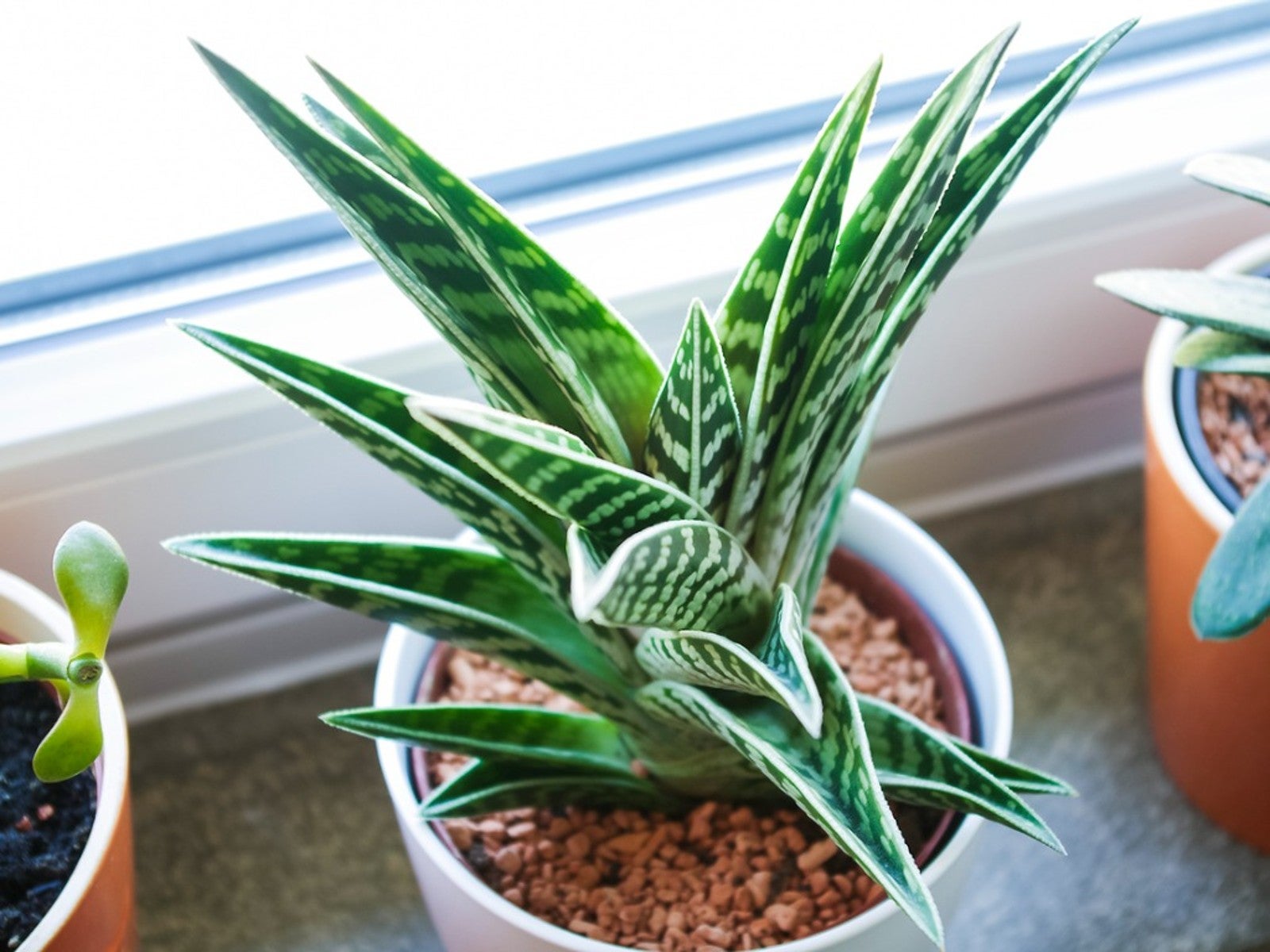 Variegated Succulents To Add To Your Plant Collection
Variegated Succulents To Add To Your Plant CollectionRead about some of the pretty variegated species that add beauty and interest to your succulent collection.
By Becca Badgett
-
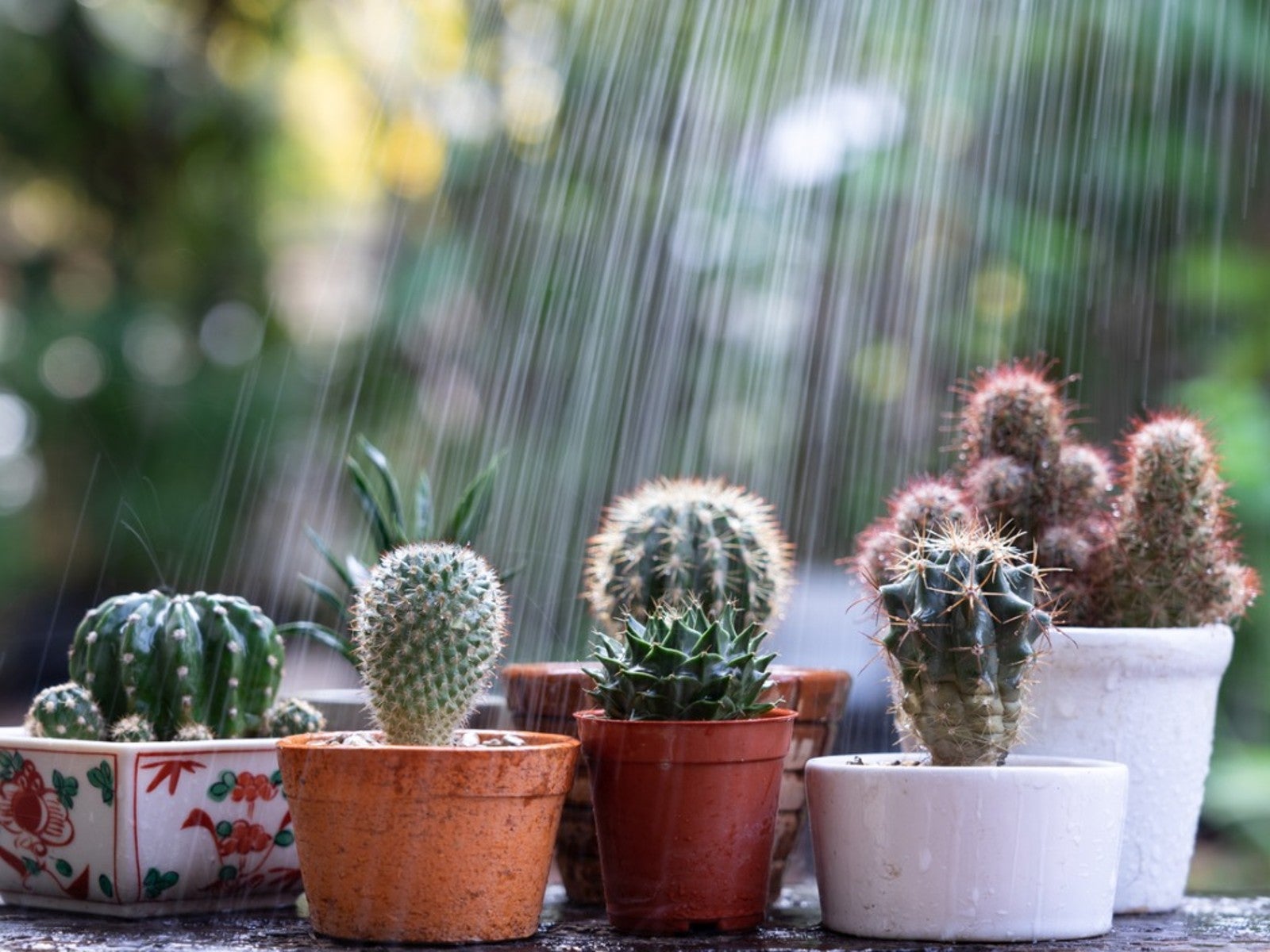 How To Protect Succulents And Cacti From Rain
How To Protect Succulents And Cacti From RainRain has the potential to cause damage to our cacti and succulents. However, when planted in proper soil, rainfall may perform as just a deep watering. Read on for more.
By Becca Badgett
-
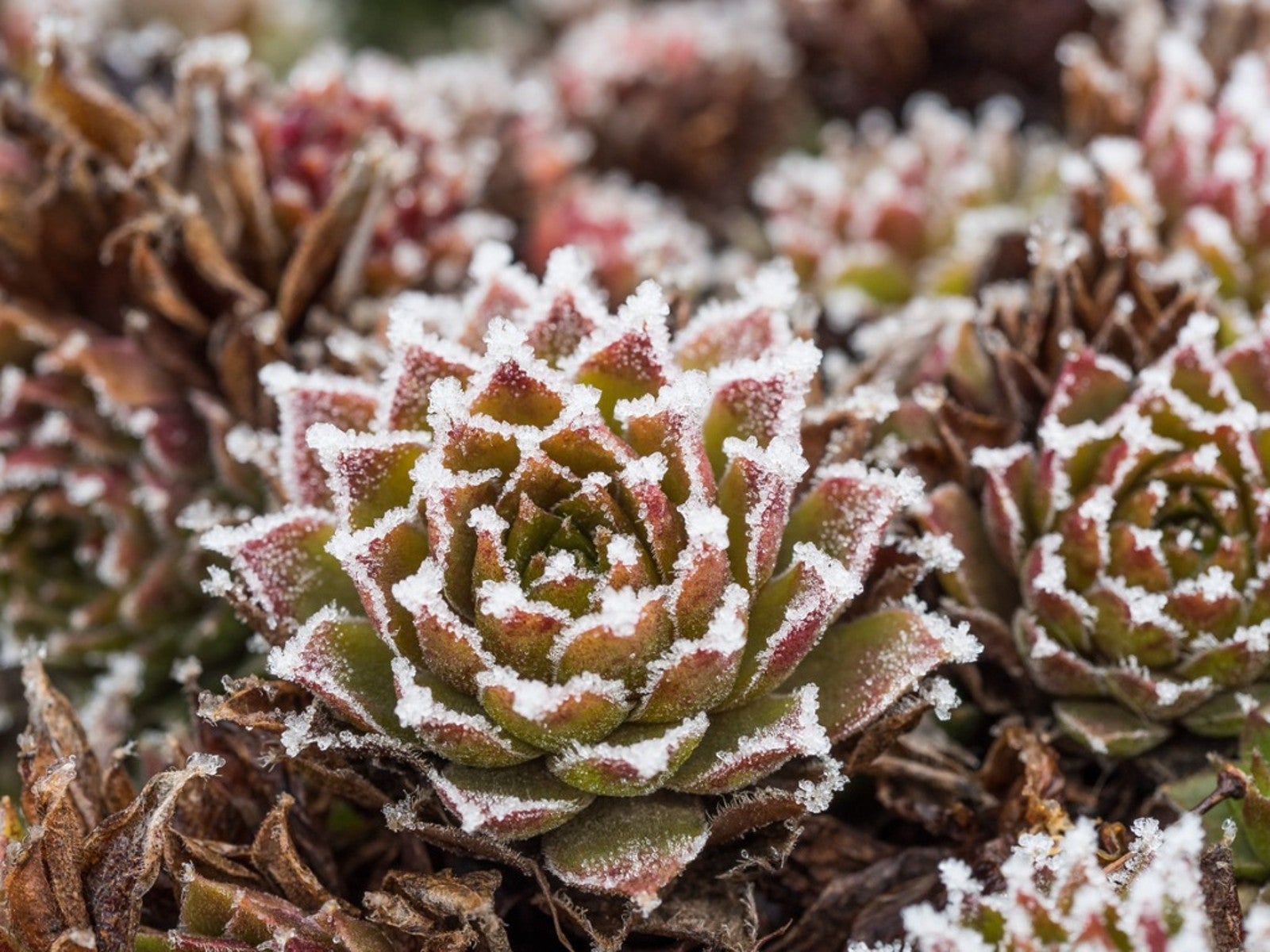 Succulents and Frost: How To Save A Succulent From Frost Or Freeze
Succulents and Frost: How To Save A Succulent From Frost Or FreezeCan succulents withstand cold? Succulents and frost don't traditionally go together and can result in damage, but you may be able to save frozen succulents.
By Bonnie L. Grant
-
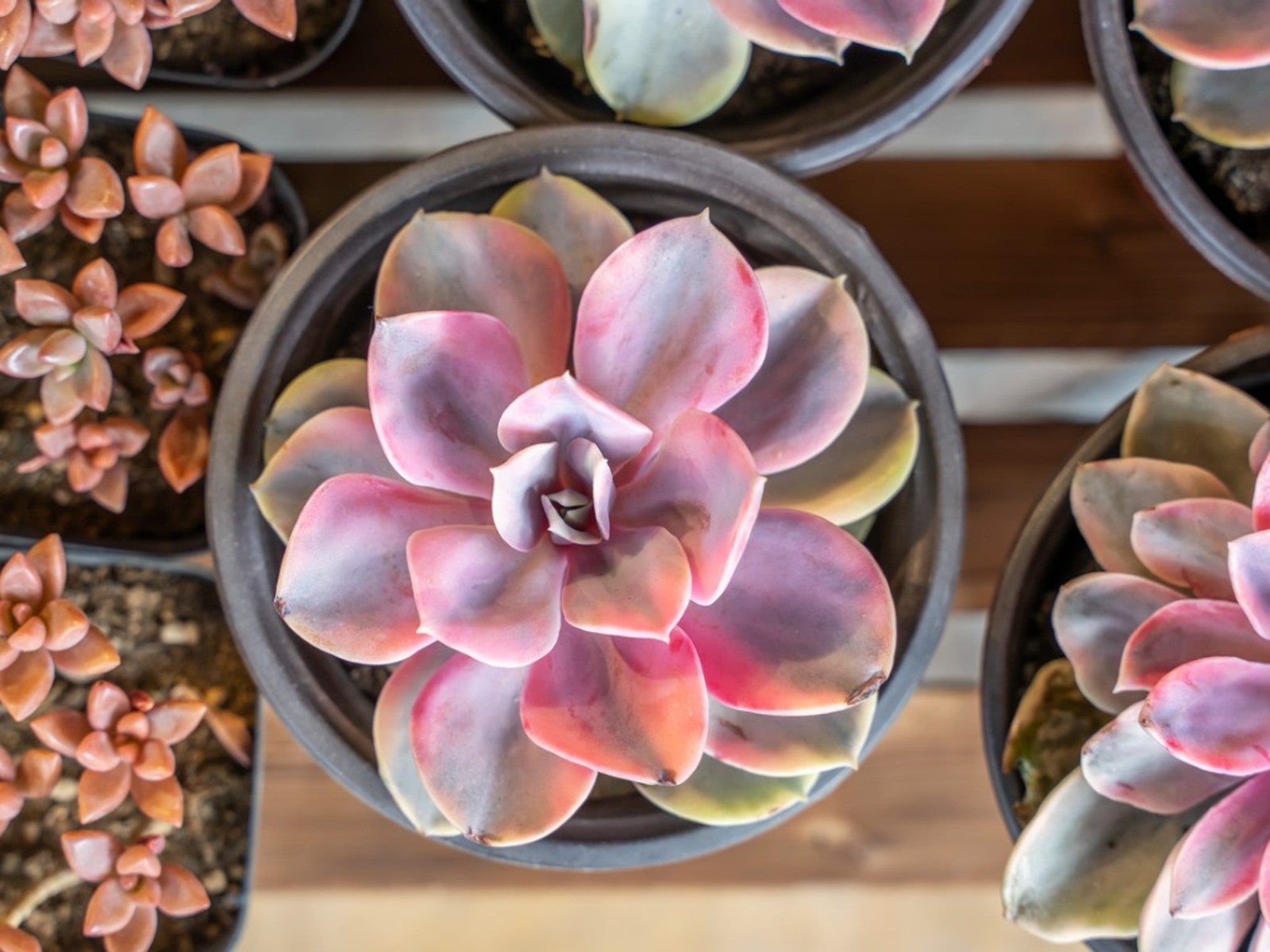 Pink Succulents Varieties To Try: How To Grow Perfect Pink Succulent Plants
Pink Succulents Varieties To Try: How To Grow Perfect Pink Succulent PlantsPink succulents may display the color on leaf edges or with streaks or blotches mingled throughout the foliage. Here are our favorites.
By Becca Badgett
-
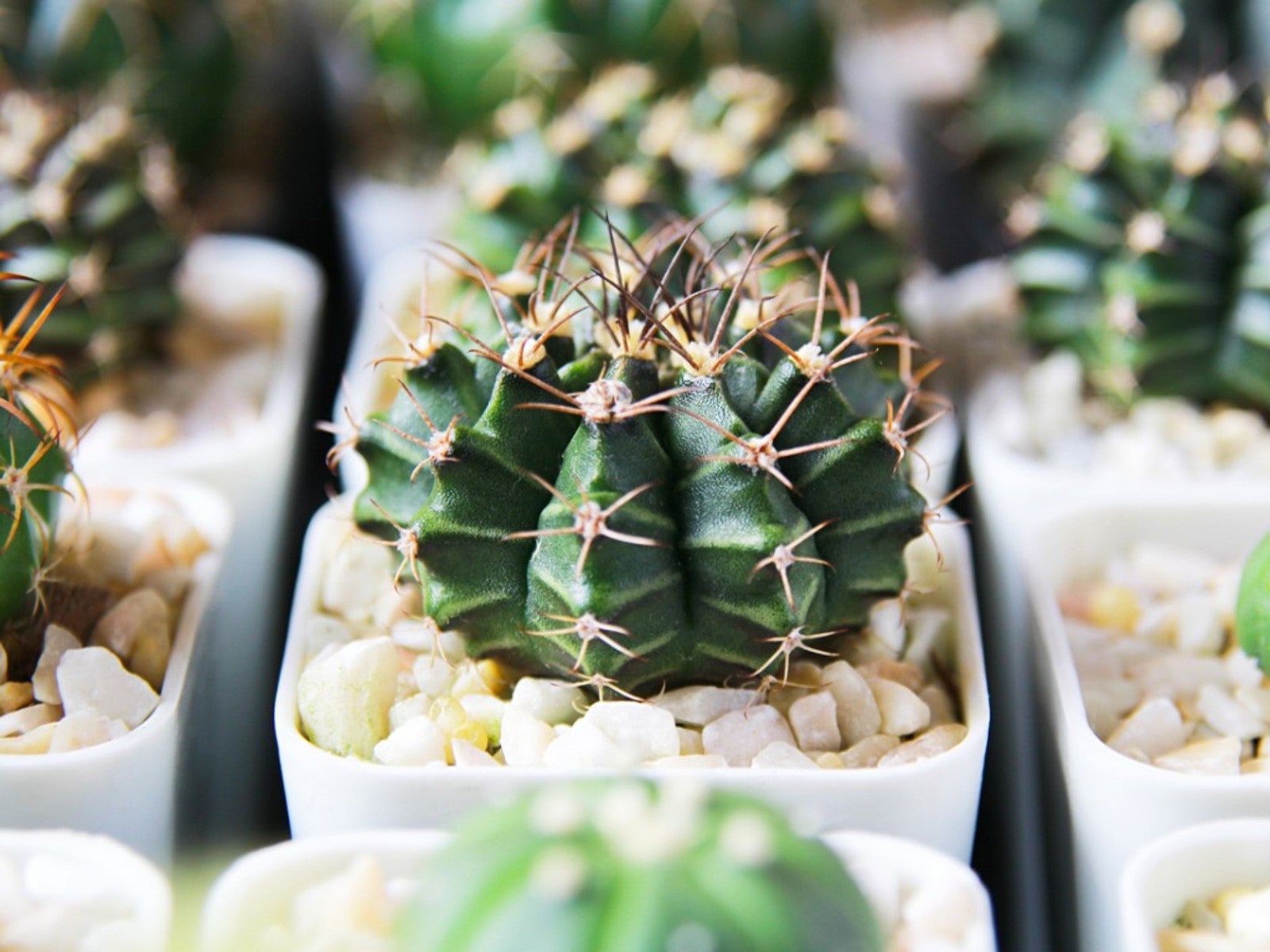 10 No Fuss Cacti - What’s The Best Low Maintenance Cactus
10 No Fuss Cacti - What’s The Best Low Maintenance CactusIf you’re thinking of adding plants to your collection, consider no fuss cacti. Click here for an easy cacti list, even for beginners.
By Becca Badgett
-
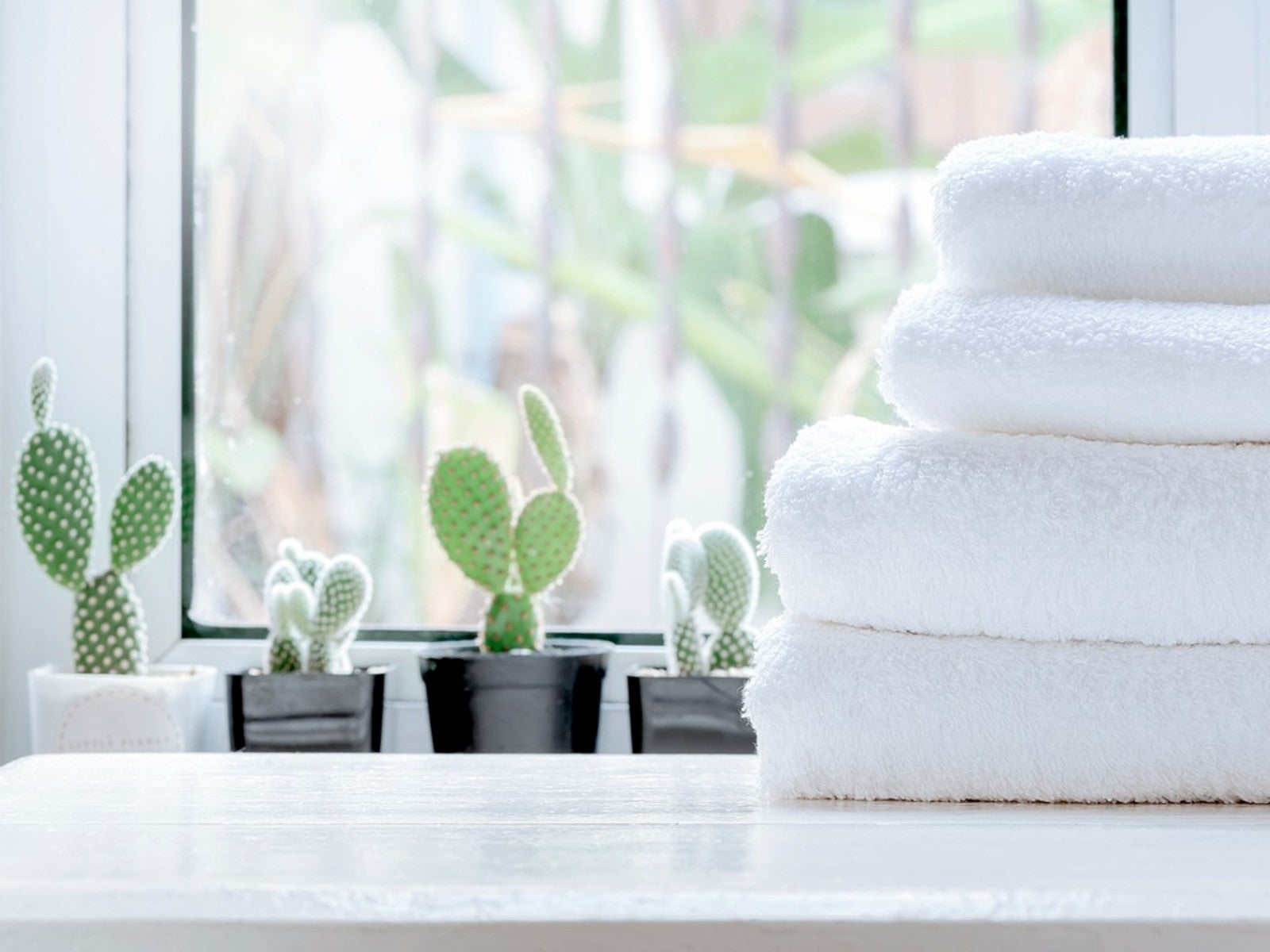 5 Best Succulents For A Bathroom
5 Best Succulents For A BathroomSome succulents can be great options for bathroom decoration. Read on for our top five bathroom succulent ideas.
By Becca Badgett
-
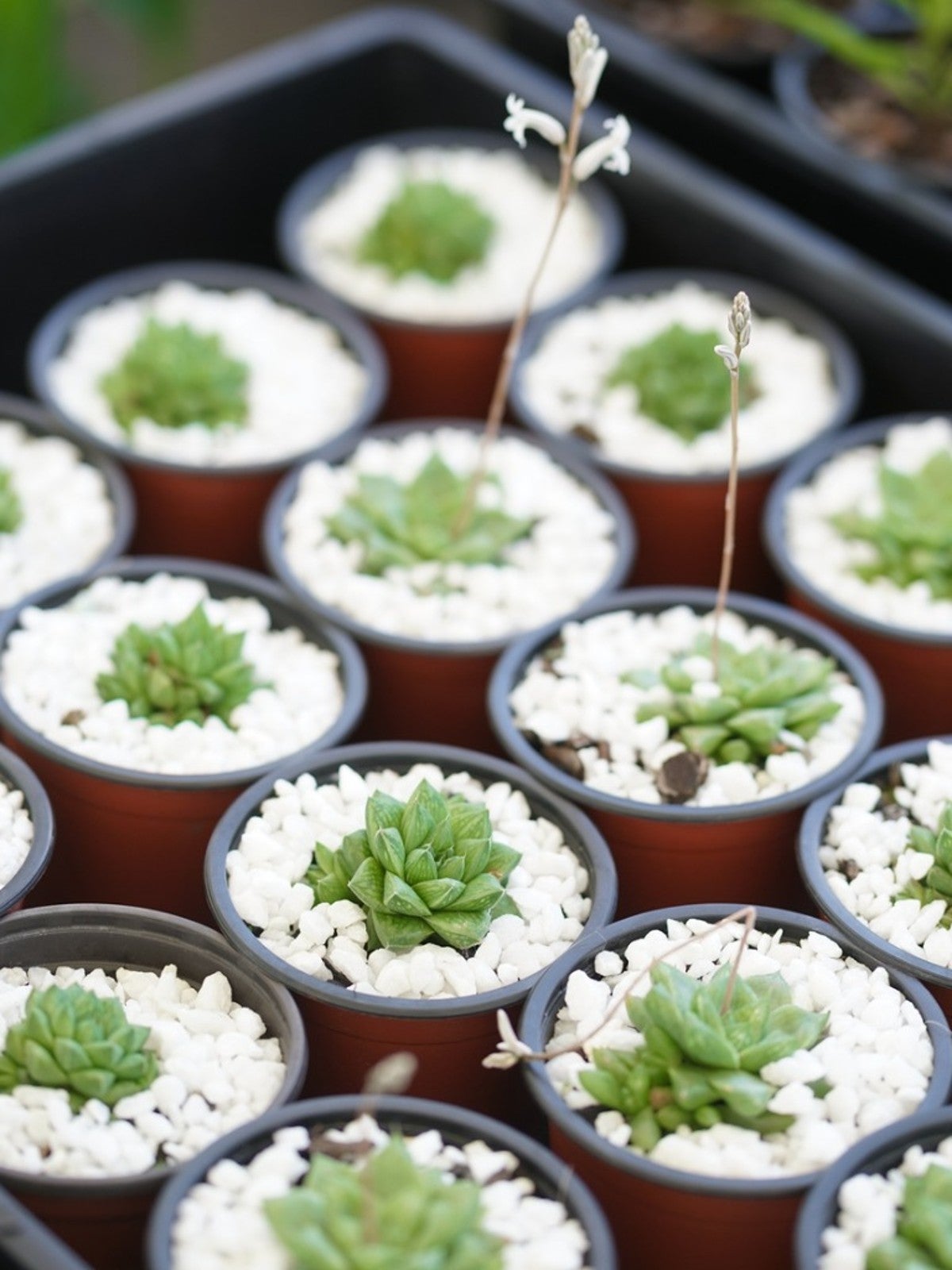 What Is A Succulent Starter Kit - Best Succulent Starter Kits
What Is A Succulent Starter Kit - Best Succulent Starter KitsWhile garden kits are not the most inexpensive option for growing succulents, they do include everything you’ll need. Grow succulents from seed by using a succulent seed starter kit to learn the process and to check your results.
By Becca Badgett
-
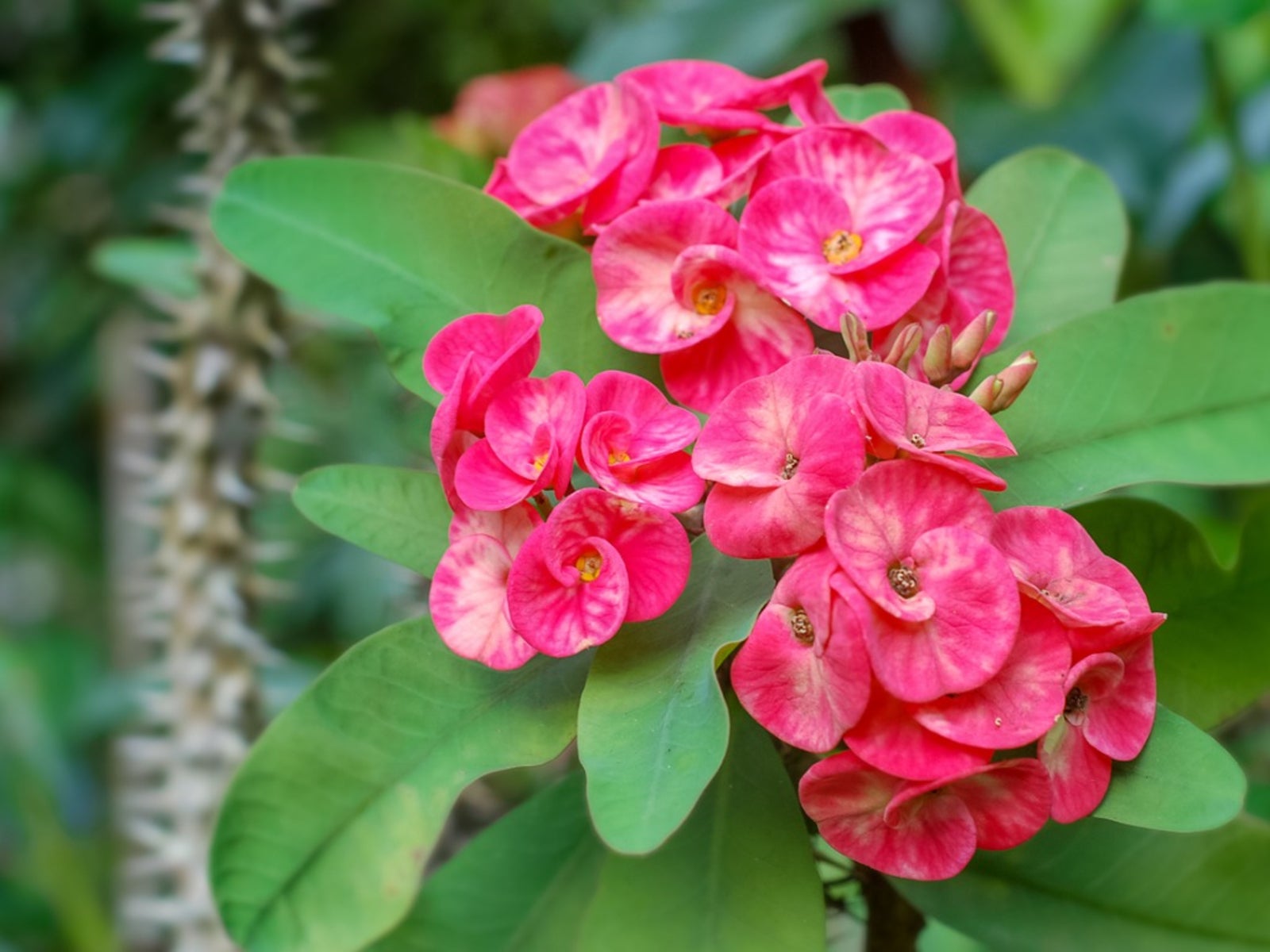 Dazzling Succulents - Succulents With Striking Flowers
Dazzling Succulents - Succulents With Striking FlowersWhen you think of succulents you may just envision their unique leaves and stems. But succulents also produce bright and bold flowers in the right conditions. Read on to learn more.
By Bonnie L. Grant